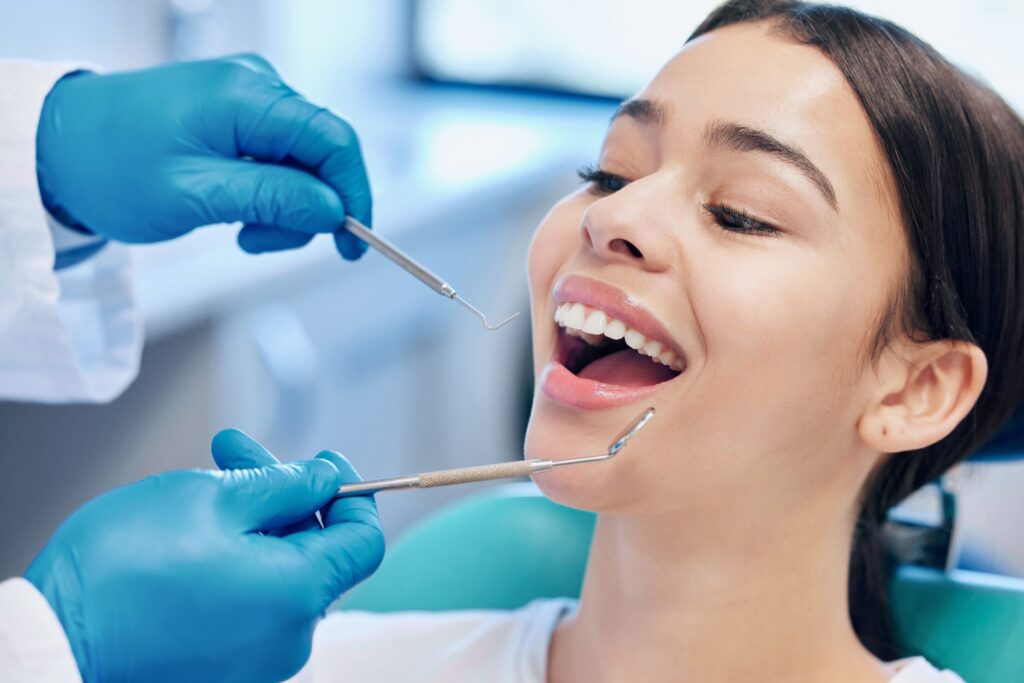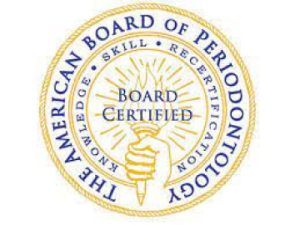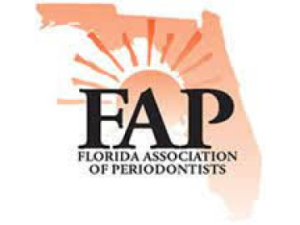Introduction
Oral biopsies are commonly performed procedures in dentistry and oral surgery. They are used to diagnose and evaluate various oral lesions and abnormalities. This procedure helps determine the presence of abnormal cells, identify the causes of oral lesions, and guide appropriate treatment plans.
Understanding Oral Biopsies
Oral biopsies are essential in dentistry and oral medicine because they provide valuable information for differential diagnosis and treatment planning. They help identify abnormal tissues, such as precancerous or cancerous lesions, infections, autoimmune diseases, and other oral conditions. The procedure involves removing tissue from the affected area, which is then sent to a laboratory for histopathologic examination. This examination allows pathologists to analyze the tissue and provide a definitive diagnosis.
The Purpose and Importance of Oral Biopsies
The primary purpose of an oral biopsy is to obtain a tissue diagnosis. It helps determine the nature of oral lesions, whether benign or malignant, inflammatory or infectious, or related to systemic diseases. Through a biopsy, the pathologist can analyze the cellular structure and identify any abnormal changes in the tissue. The biopsy site is carefully selected to ensure that the tissue sample obtained is representative of the lesion.
Different Types of Oral Biopsies Explained
Different types of oral biopsies can be performed, depending on the specific needs of the patient and the nature of the oral lesion. Some commonly used types of oral biopsies include:
- Incisional Biopsy: This involves taking a small portion of the lesional tissue for diagnostic purposes.
- Excisional Biopsy: In this procedure, the entire lesion is removed, both for diagnostic and therapeutic purposes.
- Brush Biopsy: A brush biopsy is a non-invasive procedure that uses a special brush to collect cells from the surface of the lesion.
These different biopsies allow for a comprehensive evaluation of oral lesions and help determine the most appropriate course of treatment.
Preparing for Your Oral Biopsy
Preparing for an oral biopsy is crucial for a successful procedure and recovery. Follow specific instructions from your dentist or surgeon, maintain good oral hygiene, and adhere to any prescribed medications or guidelines provided.
How to Prepare: Steps Before the Day
Before your oral biopsy, maintain good oral hygiene by brushing and flossing. Rinse with warm salt water to keep your gums clean. Follow your dentist’s instructions on medication for optimal comfort. Communicate any concerns with your dentist or oral surgeon before the biopsy.
What to Expect on the Day of the Procedure
On the day of the oral biopsy procedure, you’ll receive local anesthesia to numb the biopsy site. The healthcare provider will then take a small tissue sample using specialized tools. Afterward, any bleeding can be managed with gauze, and rinsing your mouth with warm salt water can promote healing. The procedure is typically quick and precise, causing minimal disruption.
The Oral Biopsy Procedure
The oral biopsy procedure involves removing a small piece of tissue from the oral cavity under local anesthesia. Depending on the lesion, different techniques and tools, such as a scalpel, forceps, suction, or needle, may be used. Patients can typically resume normal activities after a quick recovery period.
Step-by-Step Guide to the Procedure
The oral biopsy procedure typically follows these steps:
- Your dentist or oral surgeon will administer local anesthesia to numb the area where the biopsy will be performed. This ensures that you will not feel any pain during the procedure.
- Depending on the nature and size of the oral lesion, the dentist or oral surgeon may make either an incision or an excision to obtain a tissue sample.
- The tissue sample obtained during the biopsy is collected and placed in a specimen bottle containing a fixing solution. This specimen will be sent to a pathology laboratory for further examination.
The entire procedure is performed with precision and care to ensure accurate diagnosis and optimal patient comfort.
Techniques and Tools Used During an Oral Biopsy
During an oral biopsy, different techniques and tools are used to obtain a tissue sample and ensure the success of the procedure. Some commonly used tools and techniques include:
- Scalpel: A surgical knife used to make precise incisions or excisions to obtain the tissue sample.
- Forceps: Specialized instruments used to grasp and hold the tissue during the procedure.
- Suction: A device used to remove excess saliva and blood from the oral cavity, ensuring a clear field of view.
- Syringe: Used to administer local anesthesia to numb the area where the biopsy will be performed.
- Hollow Needle: Used to extract a tissue sample from deeper tissues or areas that are difficult to access.
These tools and techniques are carefully selected and used by dentists and oral surgeons to ensure accurate and safe biopsy procedures.
After the Biopsy: Recovery and Care
Proper post-operative care is crucial after an oral biopsy for optimal recovery and to prevent complications. Follow your dentist or oral surgeon’s instructions carefully, including taking prescribed pain medications, avoiding certain foods or activities, and maintaining good oral hygiene to promote healing and reduce infection risks.
Immediate Post-Procedure Care Instructions
In the immediate aftermath of an oral biopsy, it is common to experience some bleeding. To control bleeding, your dentist or oral surgeon may provide you with gauze pads to bite down on. If bleeding persists, try biting down on a moistened tea bag, as tannic acid in tea can help promote hemostasis. It is essential to avoid excessive spitting, rinsing, or touching the biopsy site with your tongue or fingers during the first day after the procedure to allow for optimal healing.
Long-Term Recovery Tips and Best Practices
During the long-term recovery phase after an oral biopsy, it is essential to follow good oral hygiene practices to promote healing and prevent infection. Some tips and best practices include:
- Brushing: Continue to brush your teeth gently, avoiding the biopsy site. Use a soft-bristled toothbrush and a non-alcoholic mouthwash.
- Salt Water Rinse: Rinse your mouth with warm salt water multiple times daily to help keep the area clean and promote healing. Use a 1/2 teaspoon of salt dissolved in 8 ounces of warm water.
- Avoid Irritants: Avoid spicy or acidic foods that may irritate the biopsy site. Stick to soft foods and liquids until the area has healed.
- Follow-up Appointments: Attend any follow-up appointments scheduled by your dentist or oral surgeon to monitor the healing process and ensure optimal recovery.
It is important to follow these guidelines and consult your dentist if you have any concerns or questions during your recovery.
Interpreting Your Oral Biopsy Results
Interpreting oral biopsy results is crucial for treatment planning. A pathologist analyzes the tissue sample to identify abnormalities or signs of disease. Based on this analysis, a definitive diagnosis and treatment recommendations are provided. Consult with your dentist or oral surgeon to understand the results and plan the next steps.
Understanding Your Results: What They Mean
Receiving oral biopsy results is a crucial moment, as they guide treatment decisions. Results indicate tissue status: benign, precancerous, or malignant. Understanding these outcomes is vital for health decisions and further treatment. In cases of malignancy, your healthcare provider will discuss treatment options. Being informed empowers you to participate in your healthcare journey.
Next Steps After Receiving Your Results
After receiving the results of an oral biopsy, the next steps depend on the diagnosis. If the biopsy confirms the presence of a malignancy, further treatment options will be discussed with a specialist, such as a head and neck surgeon or oncologist. Treatment may involve surgery to remove the tumor, radiation therapy, or chemotherapy.
In cases where the biopsy reveals a benign lesion or no abnormal tissue, further treatment may not be necessary. However, if the biopsy site was large or required extensive tissue removal, the wound may need to heal by secondary intention. This means that the wound is left to heal on its own without surgical closure. Close follow-up with the oral surgeon or dentist is important to monitor the healing process.
Frequently Asked Questions
How Painful is an Oral Biopsy?
Due to the use of local anesthesia, an oral biopsy is generally not painful. Some patients may experience discomfort or pressure during the procedure, but it should not be intolerable. After the procedure, any mild discomfort can be managed with over-the-counter pain medication or prescribed pain medications as recommended by your healthcare provider. In some cases, general anesthesia may be used for more extensive oral biopsies to ensure the patient’s comfort throughout the procedure.
Can I Eat Normally After an Oral Biopsy?
After an oral biopsy, it is important to be cautious with your diet to aid in the healing process. Avoid hard, crunchy, or spicy foods that may irritate the biopsy site or disrupt the healing soft tissue. Stick to a soft diet for the first few days and gradually introduce regular foods as tolerated.
How Long Does It Take to Get Results from an Oral Biopsy?
The timeframe for receiving the results of an oral biopsy can vary depending on several factors. Generally, it takes about one to two weeks to receive the biopsy report.
What Signs of Complication Should I Watch Out For After an Oral Biopsy?
After an oral biopsy, it is important to watch for any signs of complications. These may include excessive swelling, prolonged bleeding, signs of infection such as increased pain, redness, pus, severe or worsening discomfort, or abnormal tissue at the biopsy site. If you experience any of these symptoms, contact your healthcare provider for further evaluation and appropriate management.
Is an Oral Biopsy Necessary for Diagnosis?
An oral biopsy is often necessary for an accurate diagnosis, especially when a lesion persists, interferes with oral function, or does not improve with local irritant removal. It helps in the differential diagnosis by providing a tissue sample for examination. The type of biopsy performed depends on the size and nature of the lesion. A biopsy allows for histopathologic examination of the tissue, which helps identify abnormal tissue and determine the appropriate treatment plan.
Book Your Appointment Today
Palm Beach Periodontics offers timely and reliable care, including oral biopsies. Our team provides a personalized care experience to return your mouth to total health. Contact us today to schedule an appointment.












